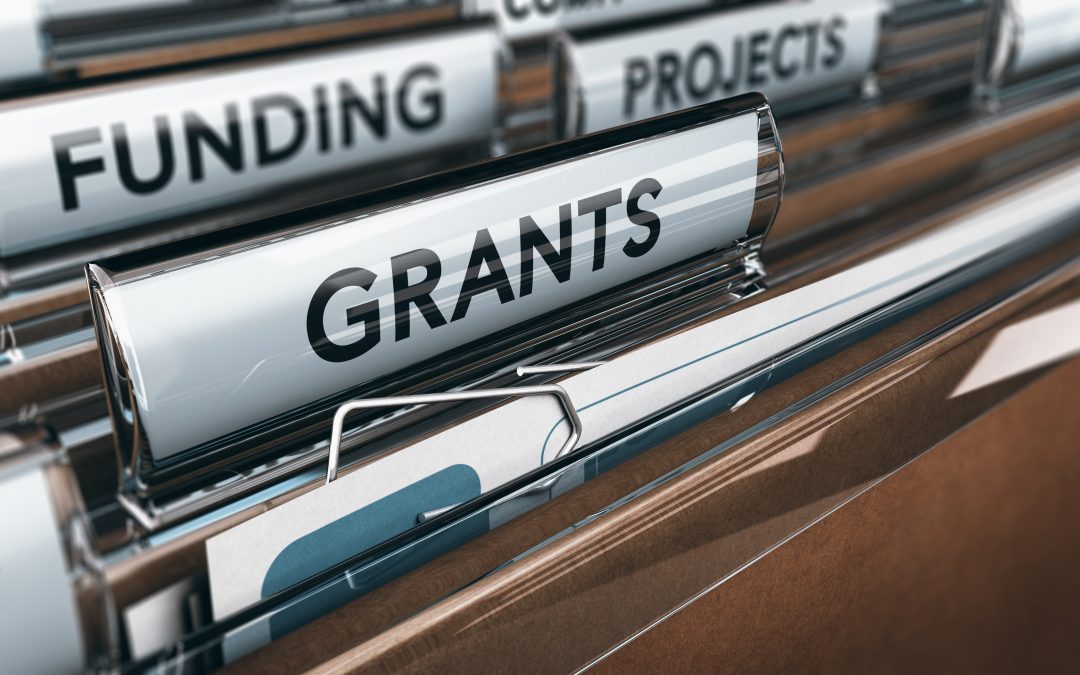Federal grants can be a crucial funding tool for many not-for-profits (NFP) to expand their services, respond to local or national emergencies, or expand their operation of programs to other areas. However, administering these funds and ensuring regulatory compliance with all the rules and regulations can seem like an overwhelming task. With the receipt of as little as $1, entities are required to follow the Uniform Administrative Requirements, Cost Principles, and Audit Requirements for Federal Awards (Uniform Guidance) located in Title 2 of the Code of Federal Regulations (CFR). While the 2 CFR Part 200 and Uniform Guidance are very detailed, technical sources there are other resources available that should be considered as well. These additional sources reference the applicable CFR and Uniform Guidance rules but often on a more specific basis for each program and can be helpful when NFPs are unsure of what guidance their programs fall under.
Sam.gov
Sam.gov is a free official website of the U.S. Government. If an entity has received federal funding, it is likely that they are already familiar with the website as the entity is required to be registered. However, Sam.gov has additional resources for determining compliance requirements and other vital data to help a smooth administration of federal funds. For example, Assistance Listing #21.027, Coronavirus State and Local Fiscal Recovery Funds (SLFRF), is a very common source of funding that was given to State/Local agencies and then passed down to local NFPs. By performing a quick search by Assistance Listing #21.027 and navigating to the “Compliance Requirements” section, we can see that Subpart B-F of the CFR all apply to this program. Additionally, there are no CFR policy requirements that have been excluded from coverage under this assistance listing. There is also a “Reporting” section stating what reports are required and noting that statutory formula, matching, and MOE (Maintenance of Expenditure) are all not required under this assistance listing.
Grant Agreements
Grant Agreements and notices of awards are likely going to be most entities’ bread and butter for determining what items they need to be aware of while administering their programs. In these agreements, awardees should be able to determine what costs are allowable/unallowable, what amount has been obligated, the period of performance within which funds can be spent, the reporting due to the grantee/federal grant organization, the matching requirements, etc. If the NFP organization is receiving funds that have been passed through another entity and not directly awarded by the federal agency, there could be requirements specifically established by the pass-through entity that help them comply with their requirements to the federal agency. Tracking these requirements and specifically how the NFP entity complies with these requirements is a task worth taking seriously and completing diligently. If over $750,000 of federal funds are expended in an NFP’s fiscal year, then they are subject to a strict and comprehensive audit referred to as a Single Audit where the entity’s compliance and internal controls over compliance will be tested thoroughly.
Compliance Supplement
The Compliance Supplement is a tool released and edited each year by the Office of Management and Budget mostly utilized by auditors completing Single Audits. The compliance supplement holds program-specific guidance for hundreds of major programs that have been curtailed by the various Federal agencies on what they expect auditors to look at while the corresponding Federal program is under audit. Even though the Compliance Supplement is mostly utilized by auditors, it can be a great tool for grantees to search their programs and determine if there are compliance requirements they may not have been made aware of by other sources. Unfortunately, there are thousands of programs that are not included in the compliance supplement specifically, and these programs are audited by using the standard nonprogram-specific guidance. Regardless of whether your programs are included in the Compliance Supplement or not, one of the hidden gems of Federal Grant Compliance is included in Part 6 of the Compliance Supplement. Part 6 includes examples of internal controls used for each of the compliance requirements and can be an excellent source of new or improved internal controls for grantees.
Final Thoughts
The relevant information for rules and regulations around Federal grants is ever-changing. The best practice would be to set a process for reviewing these sources on a regular basis for any changes or updates to the programs being administered. For example, the $750,000 audit threshold mentioned above is currently set to increase for auditees’ fiscal years ending on or after September 30, 2025, to $1,000,000. While this has been a highly publicized and significant change, there are other changes being made on a consistent basis. It is our hope that the resources referred to in this article can serve as a roadmap to staying current and compliant with your federal awards.






